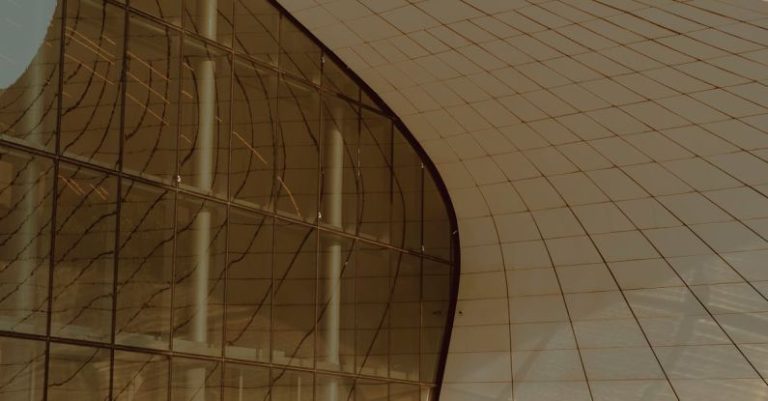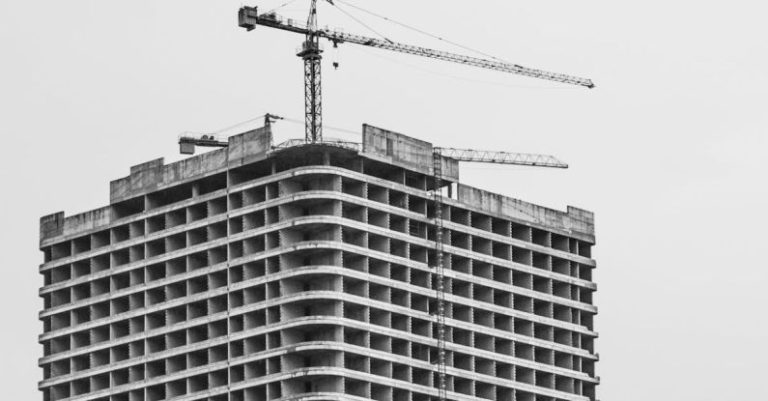The Impact of Composites on Indoor Air Quality in Buildings
Composite materials have revolutionized the construction industry, offering a versatile and durable alternative to traditional building materials. From fiberglass to carbon fiber, composites are increasingly being used in various structural elements of buildings. While composites offer numerous advantages in terms of strength, weight, and design flexibility, their impact on indoor air quality is a crucial aspect that needs to be carefully considered.
Understanding Composite Materials
Composite materials are engineered materials made from two or more constituent materials with significantly different physical or chemical properties. These materials are combined to create a composite that exhibits enhanced characteristics compared to individual components. Composites are widely used in construction due to their high strength-to-weight ratio, corrosion resistance, and design versatility.
Volatile Organic Compounds (VOCs) Emission
One of the primary concerns associated with composites is the emission of volatile organic compounds (VOCs). VOCs are chemicals that vaporize at room temperature and can have adverse effects on indoor air quality. Composite materials, especially those made with resins and adhesives, can release VOCs into the air, leading to potential health risks for building occupants.
Formaldehyde is a common VOC emitted by composite materials and can cause respiratory issues, eye irritation, and headaches. To mitigate the impact of VOC emissions on indoor air quality, it is essential to choose low-emission composite materials and ensure proper ventilation in buildings where composites are used.
Mold and Moisture Concerns
Another factor that can impact indoor air quality in buildings using composite materials is the susceptibility to mold growth. Composites, particularly those with organic components, can provide a suitable environment for mold to flourish if exposed to moisture. Mold growth not only affects indoor air quality but also poses health risks to occupants, including respiratory problems and allergies.
To prevent mold growth in buildings with composite materials, it is essential to address moisture issues through proper building design, ventilation, and maintenance practices. Regular inspections and monitoring can help identify potential moisture problems early and prevent the proliferation of mold.
Fire Safety Considerations
While composites offer several advantages in terms of strength and durability, their fire performance is a critical aspect to consider when assessing indoor air quality in buildings. Some composite materials may release toxic gases and smoke when exposed to fire, compromising the safety of occupants and emergency responders.
To improve fire safety in buildings using composites, it is essential to select materials with fire-retardant properties and ensure compliance with building codes and regulations. Integrating fire suppression systems and designing escape routes that account for the use of composite materials can enhance the overall safety of the building.
Enhancing Indoor Air Quality with Composites
Despite the potential challenges associated with indoor air quality, composites can contribute to improving the overall environmental performance of buildings. By selecting low-emission materials, incorporating sustainable composites, and implementing effective ventilation strategies, building designers and owners can create healthy indoor environments that promote occupant well-being.
Incorporating green building practices and certifications, such as LEED (Leadership in Energy and Environmental Design), can help ensure that indoor air quality considerations are integrated into the building design process. By prioritizing indoor air quality alongside other sustainability goals, buildings can offer occupants a healthy and comfortable living or working environment.
Conclusion: Fostering Healthy Indoor Environments
As the use of composite materials continues to grow in the construction industry, understanding and addressing their impact on indoor air quality is essential for creating healthy indoor environments. By considering factors such as VOC emissions, mold growth, and fire safety, building professionals can leverage the benefits of composites while minimizing potential risks to occupants.
Through thoughtful material selection, proper building design, and ongoing maintenance practices, buildings can harness the advantages of composites while ensuring high indoor air quality standards. By prioritizing occupant health and well-being, the integration of composites in building construction can contribute to fostering sustainable and healthy indoor environments for years to come.






